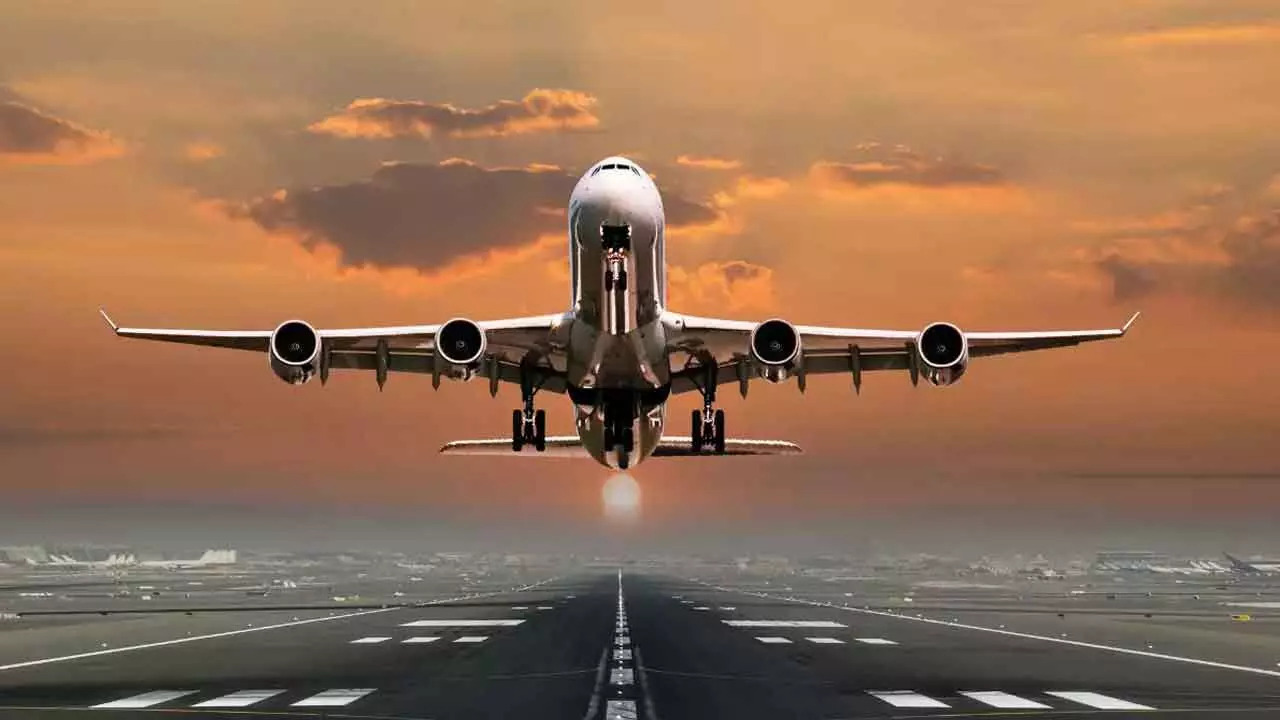Indian Airline Sector Looks Bright As Global Aviation Picking Up
Indian Airline Sector Looks Bright As Global Aviation Picking Up

IATA forecasts reveal aviation revenues are beginning to take off with $1,007-billion revenues in 2025 and $67.5 billion as operating profit in 2025 and $940 billion earmarked for expenses in 2025. And $36.6 billion is likely to be the net profit in 2025 at a margin of 3.6 per cent. The profit per passenger will be $7 compared to $6.4 in 2024.
With strong geopolitical and economic uncertainties, the most significant risks to the industry outlook include: A worsening of prospects should the wars in Europe and the Middle East spread. Conversely, achieving peace in either conflict is likely to have a positive impact, particularly in the case of the Russia-Ukraine War; the incoming Trump Administration in the US brings with it several significant uncertainties. Tariffs and trade wars would likely dampen demand for air cargo and potentially also impact business travel. Should these policies rekindle inflation with higher interest rates as a policy response, negative impacts on demand would be exacerbated.
The largest of the non-fuel costs is labour. In 2025, labour costs are expected to be $253 billion, up 7.6 per cent from 2024. With productivity gains, however, average labour unit costs are likely to rise by only 0.5 per cent in 2025 compared to 2024. The airline labour force is anticipated to rise by four per cent to 3.3 million people.
Jet fuel prices fell to $70/barrel in September 2024 for the first time since the start of the Russia-Ukraine War. In 2025, jet fuel is expected to average $87/barrel (down from $99/bbl in 2024), based on a jet fuel crack spread of $12 per barrel and a crude oil price of $75/barrel (Brent). As a result, airlines’ cumulative fuel spend is expected to be $248 billion, a decline of 4.8% despite a six per cent rise in the amount of fuel expected to be consumed (107 bn gallons). Fuel is expected to account for 26.4 per cent of operating costs in 2025, down from 28.9 per cent in 2024.
Cost of compliance with CORSIA (purchasing carbon credits) started to be realized in 2024 and is estimated at $700 million, rising to $1 billion in 2025. The costs for the limited quantities of sustainable aviation fuel available are expected to add $3.8 billion to industry fuel costs in 2025, up from $1.7 billion in 2024.
Lower oil prices and resulting fuel costs are a major driver of improved prospects for airlines in 2025. Should these not materialize for any reason and considering the industry’s thin margins, the outlook could change significantly.
The air transport industry is committed to its goal of achieving net zero CO2 emissions by 2050. Travelers are expressing high levels of confidence in this endeavor with 81 per cent agreeing that the industry is demonstrating commitment to work together to achieve its ambitious goal, 77 per cent agreeing that aviation leaders are taking the climate challenge seriously.
The projected growth of India’s aviation sector by 2025 will be transformative, bringing new opportunities for airlines, airports, and aviation professionals. With more aircraft, flights, and airports, there will be a rising demand for trained personnel across all sectors of aviation. Aircraft maintenance engineers, commercial pilots, ground staff, and cabin crew will be crucial to ensuring the safety, efficiency, and comfort of air travel.
As the demand for air travel continues to increase, India’s aviation sector is on track to become a global leader. As 2025 approaches, the future of Indian aviation looks bright, with vast potential for growth and career opportunities in every corner of the industry.

